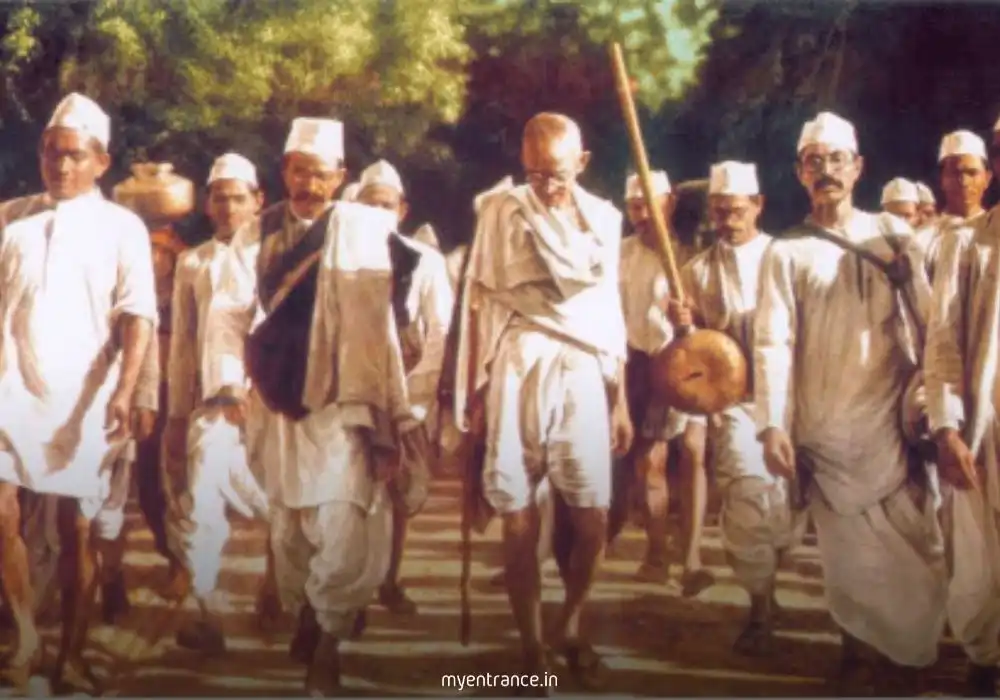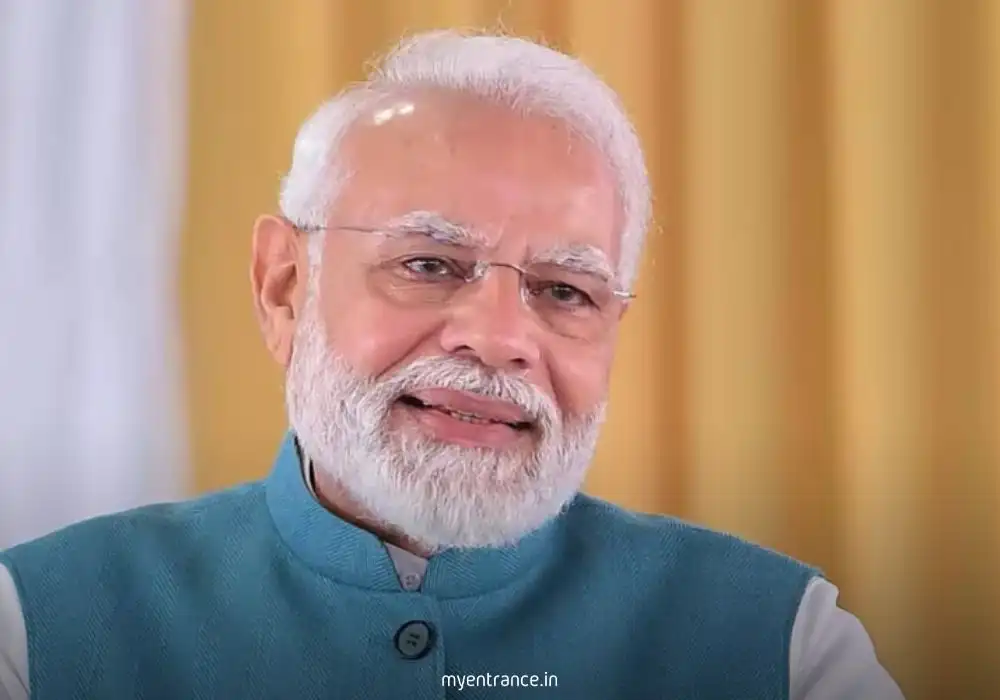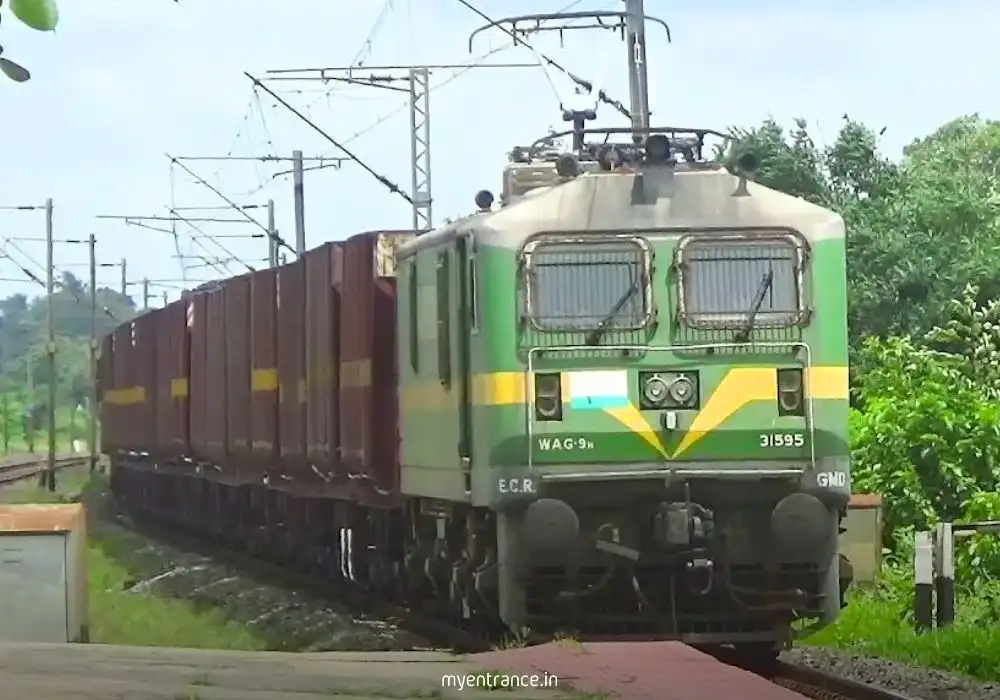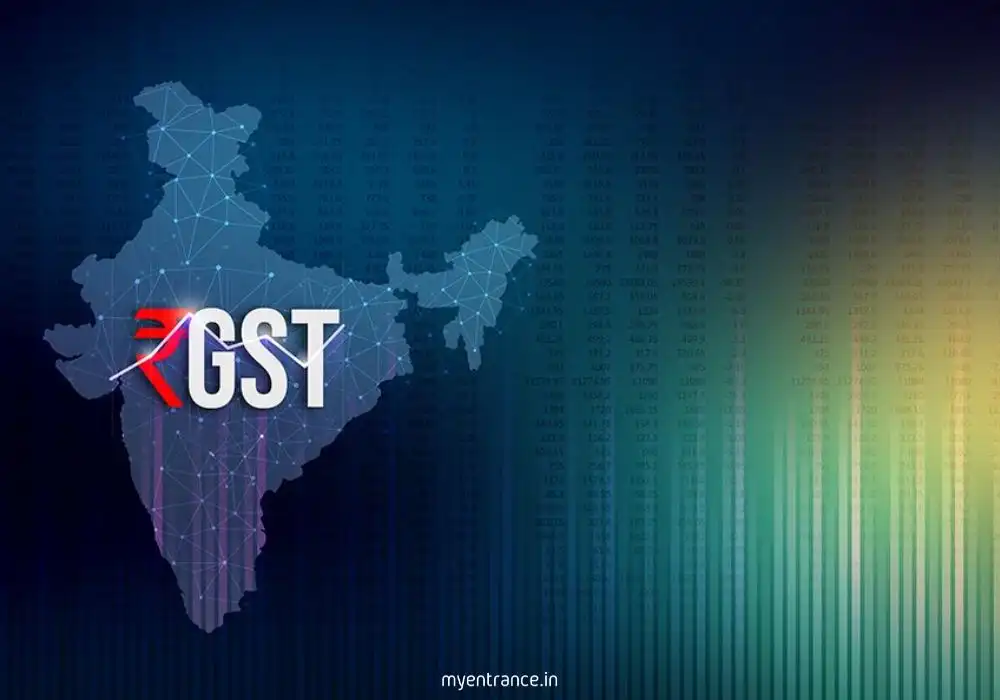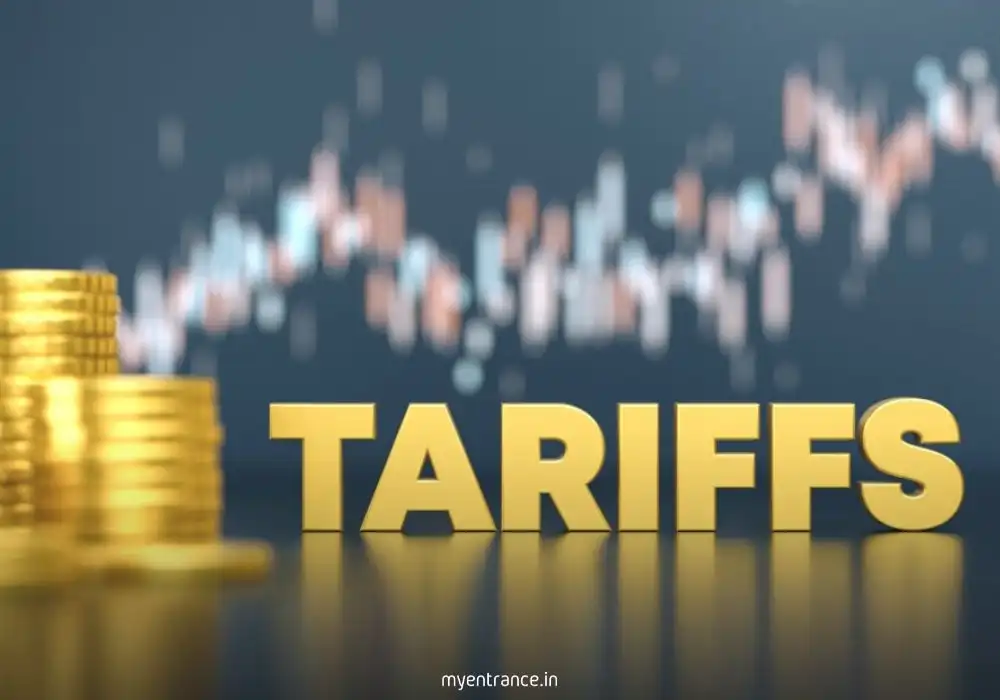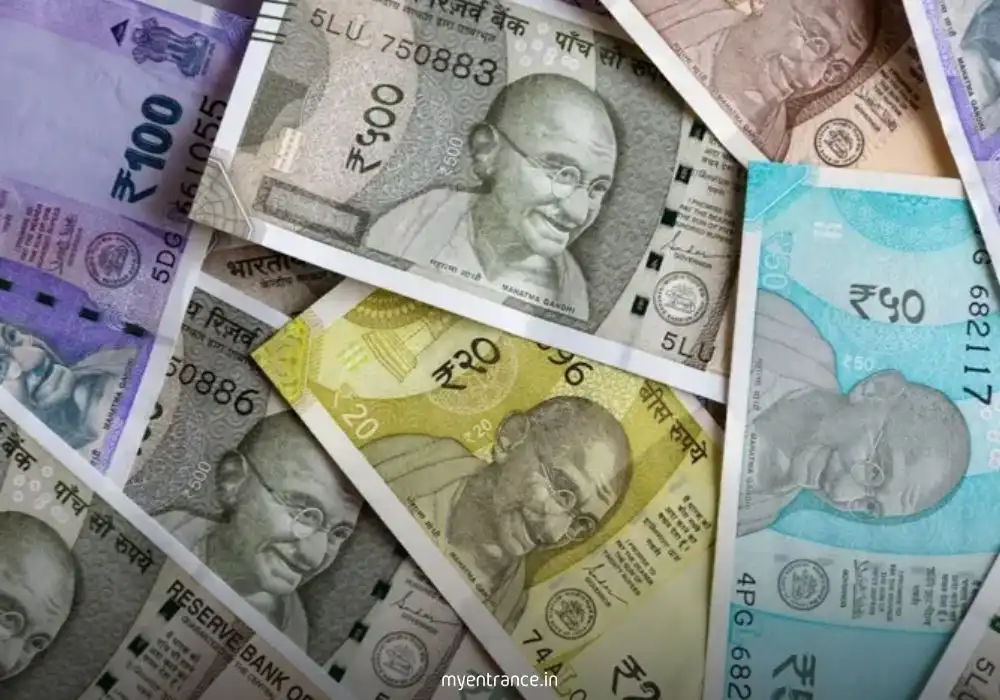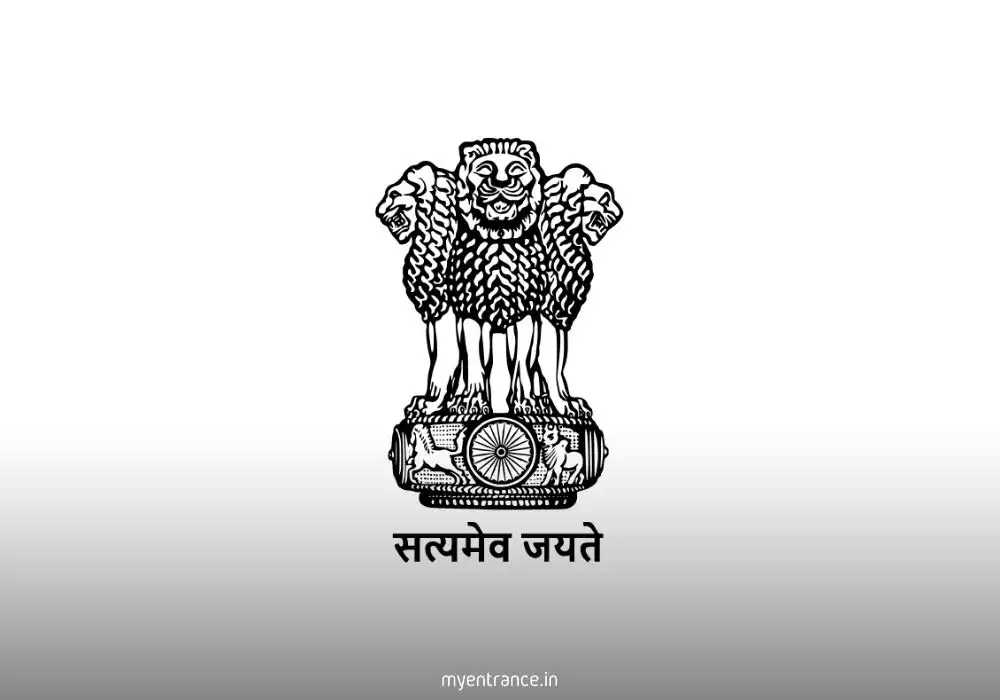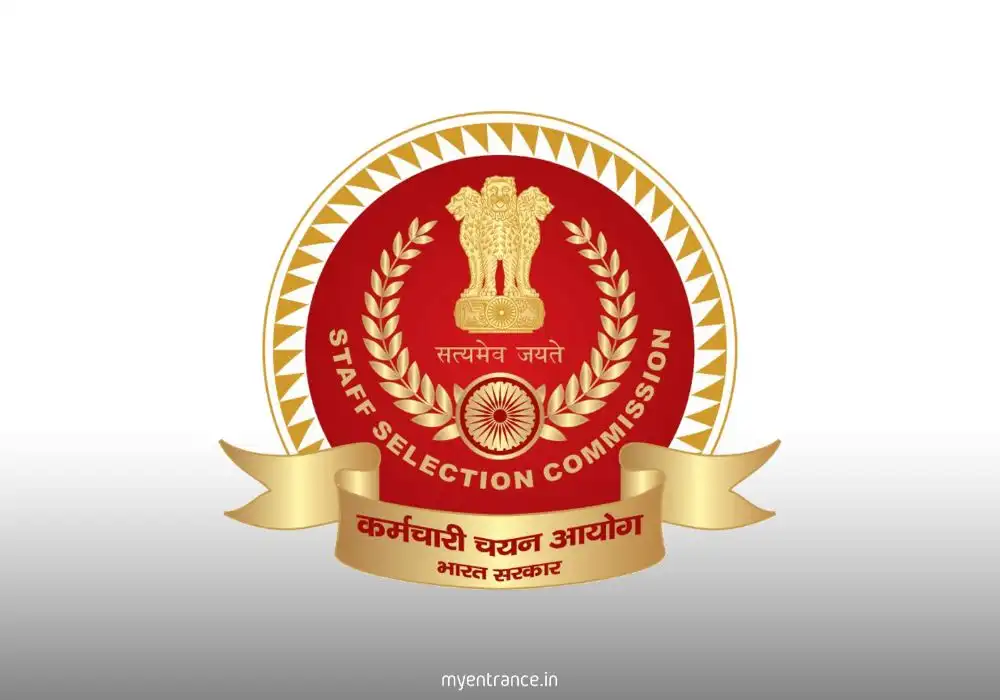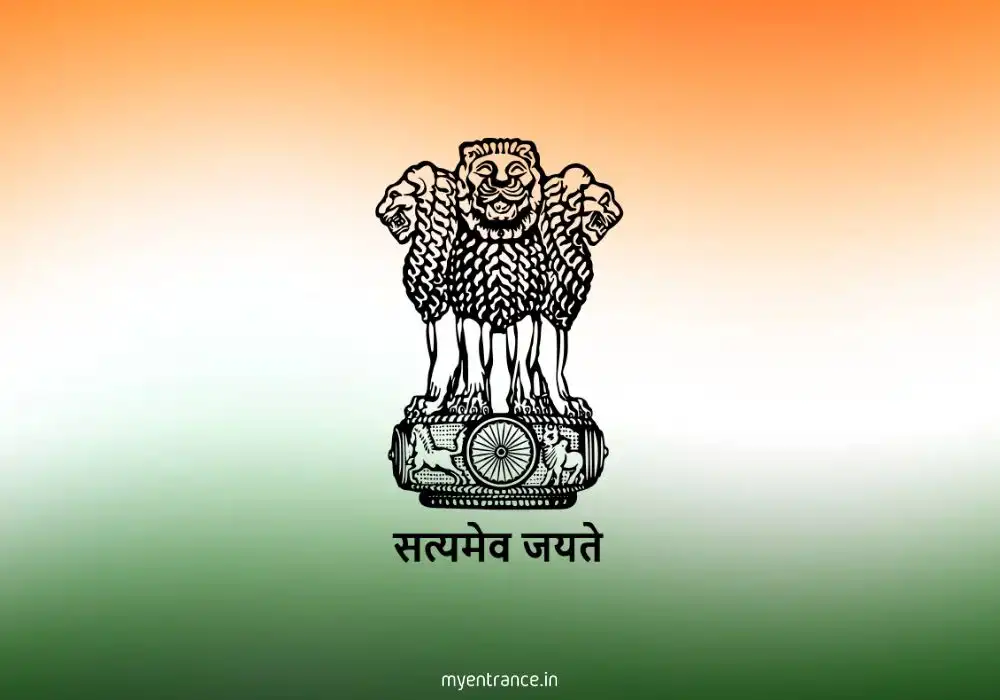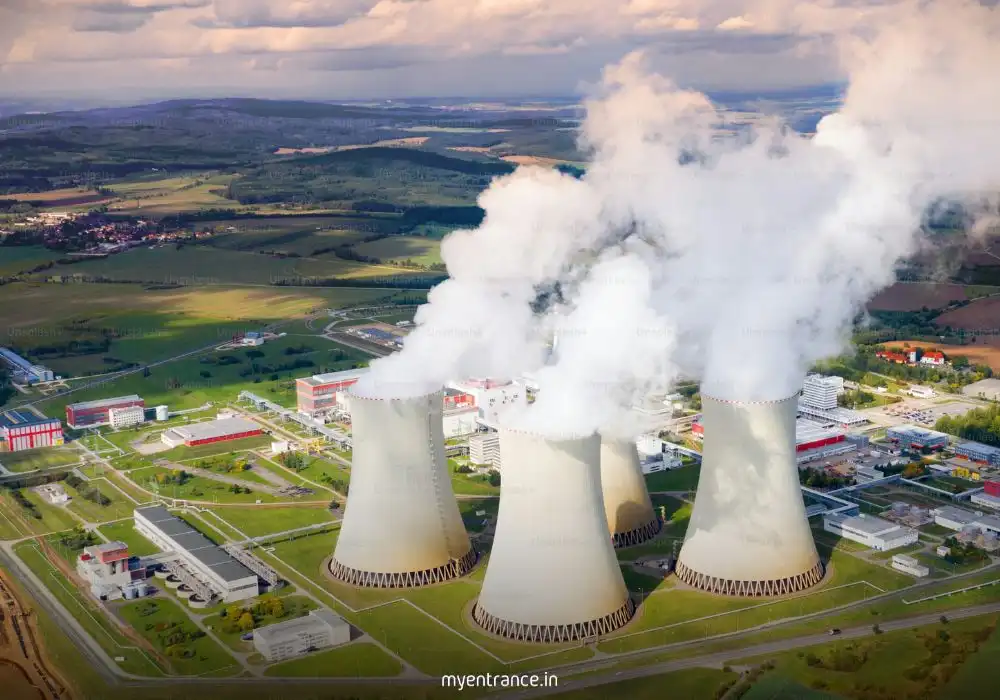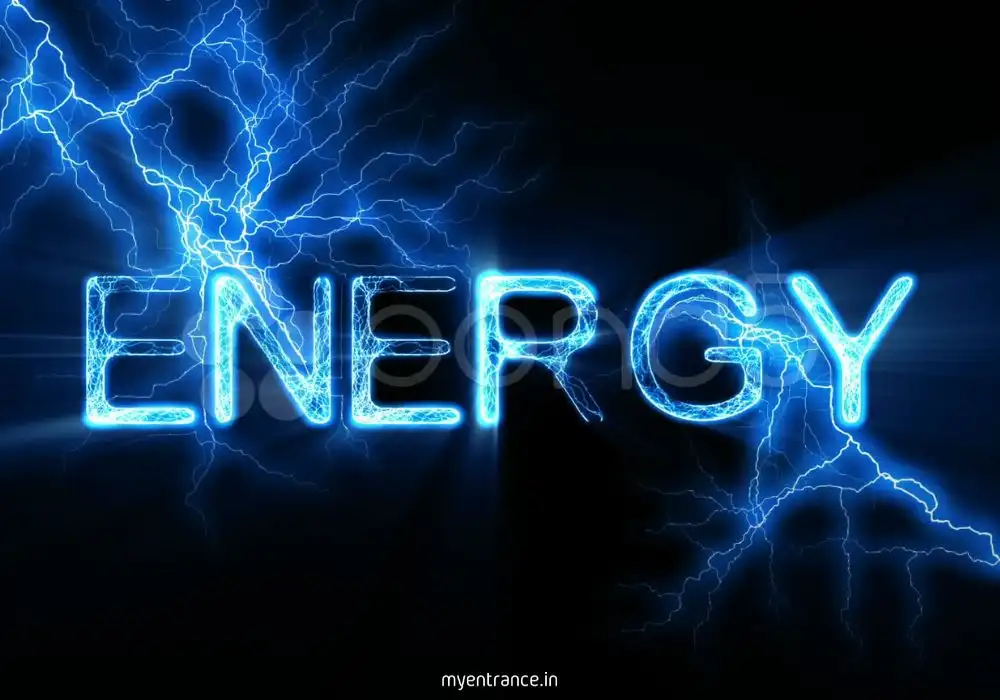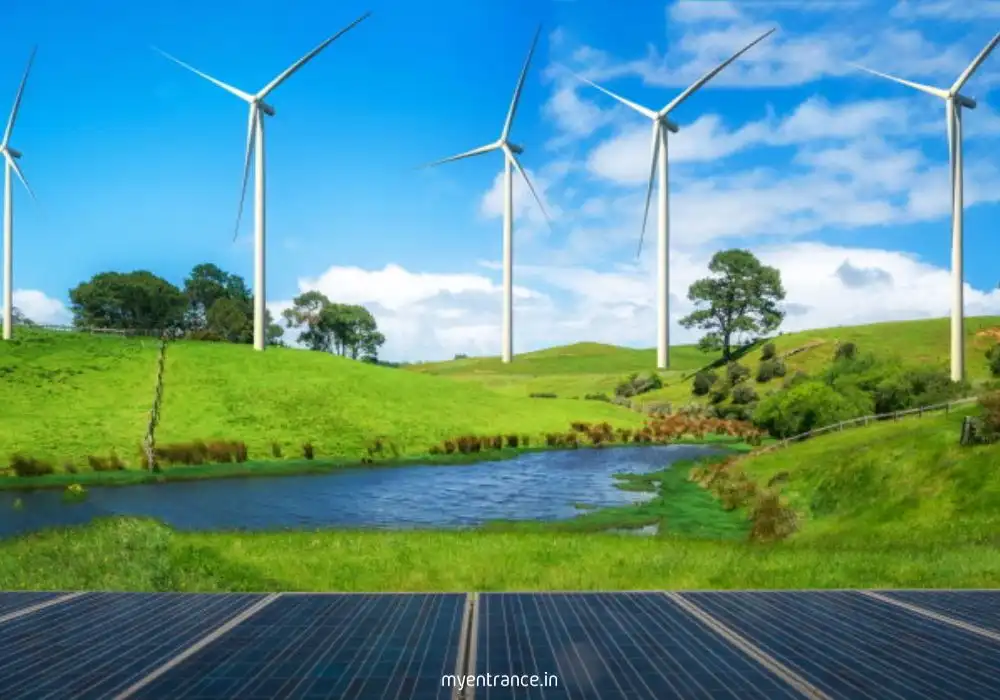Translate Language
M.S. Swaminathan & India’s Green Revolution: Key Facts for UPSC, SSC, PSC Exams
Why is M.S. Swaminathan crucial for your exams? Every year, competitive tests like UPSC, SSC, and state PSCs feature questions on India’s agricultural milestones. In 2019, UPSC explicitly linked Swaminathan’s work to national progress. With PM Modi recently honoring his birth centenary and Swaminathan’s posthumous Bharat Ratna award, this topic is hotter than ever. Let’s break down his legacy, the Green Revolution, and its lasting impact!
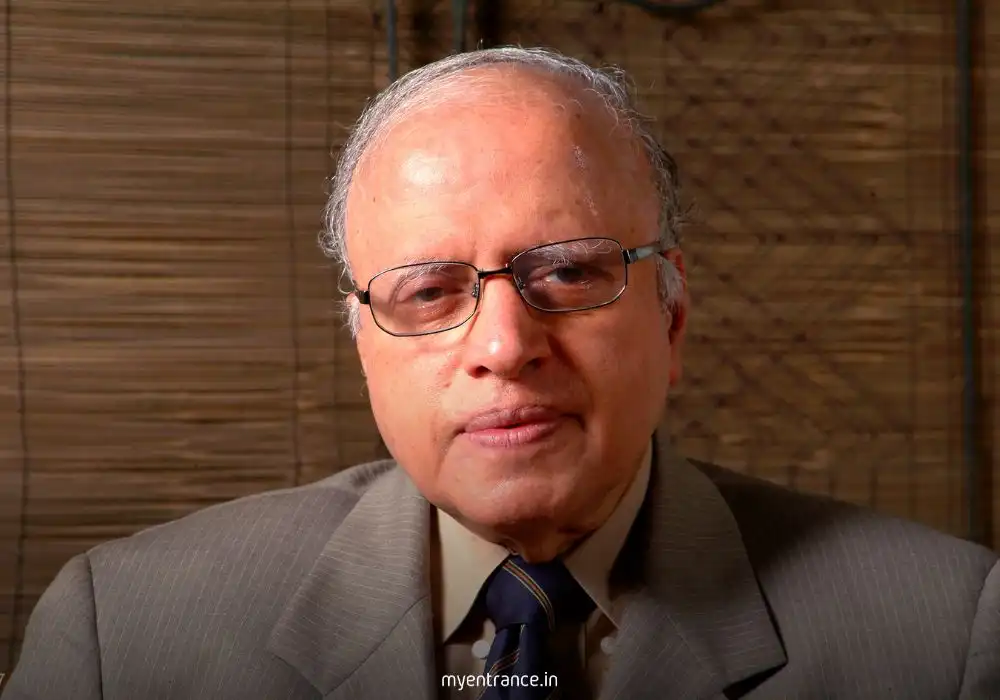
M.S. Swaminathan & the Green Revolution
The Man Behind the Transformation
Monkombu Sambasivan Swaminathan (1925–2023) was born in Tamil Nadu but found his calling after witnessing the Bengal Famine (1942–43). Horrified by starvation, he switched from medicine to agriculture, focusing on genetics and crop breeding. His logic? “A single high-yield crop variety can uplift millions of farmers.”
India’s Food Crisis Pre-1960s
Post-independence, India’s agriculture was crippled by:
Colonial-era neglect.
Low productivity and dependency on U.S. food imports.
Traditional crops like wheat and rice that couldn’t support heavy grain loads.
Swaminathan noted: “If agriculture fails, everything fails.”
The Green Revolution Breakthrough
Swaminathan’s strategy targeted semi-dwarf, fertilizer-responsive crops. Why?
Problem: Tall Indian wheat/rice stalks collapsed (lodging) under heavy grain weights.
Solution: Shorter, sturdier varieties that could thrive with fertilizers.
After failed mutagenesis experiments, he collaborated with Norman Borlaug (Father of the Global Green Revolution). Together, they:
Crossed Mexican dwarf wheat (Lerma Rojo, *Sonora-64*) with Japanese strains.
Achieved record yields in 5 years – the “Wheat Revolution” (1968).
Fun Fact: PM Indira Gandhi released a commemorative stamp to celebrate this feat!
Beyond Wheat: Swaminathan’s Wider Legacy
Coastal Conservation: Restored Odisha’s mangroves (1994–2006) and advised post-2004 tsunami replanting.
Farmers’ Rights: As head of the National Commission on Farmers (2004–06), he championed MSP = Production Cost + 50% to ensure fair prices.
Global Recognition: UN Environment Programme termed him “Father of Economic Ecology.”
Critiques & Swaminathan’s Warnings
The Green Revolution had downsides:
⚠️ Ecological Costs: Groundwater depletion in Punjab due to subsidized electricity.
⚠️ Regional Bias: Initially benefited only high-productivity states.
Swaminathan urged an “Evergreen Revolution” – boosting yields without ecological harm. His 2019 advice to Punjab:
“Focus on farm economics AND ecology. Avoid free electricity to prevent over-pumping groundwater.”
Beyond the Nugget: India’s Colour-Coded Revolutions
White Revolution (1970): Operation Flood – made India the world’s largest milk producer.
Blue Revolution (2015): Modernized fisheries and aquaculture.
Yellow Revolution (1990s): Achieved self-sufficiency in oilseed production.
Golden Revolution: Boosted horticulture and honey production.
Silver Revolution: Transformed poultry and egg production.
Q&A for Competitive Exams
Q1. Who introduced the term “Green Revolution,” and why is M.S. Swaminathan called its “Father” in India?
Ans: William S. Gaud (USAID) coined “Green Revolution.” Swaminathan adapted Norman Borlaug’s Mexican wheat varieties to Indian conditions, enabling food self-sufficiency.
Q2. How did the Bengal Famine shape Swaminathan’s career?
Ans: It prompted his shift from medicine to agriculture, driving his focus on high-yield, famine-resistant crops.
Q3. What was Swaminathan’s key recommendation as head of the National Commission on Farmers?
Ans: Minimum Support Price (MSP) must be at least 50% above the weighted cost of production.
Q4. Critically analyze one ecological side effect of the Green Revolution.
Ans: Excessive groundwater extraction in Punjab due to fertilizer-intensive farming and power subsidies.
Q5. Differentiate between Green Revolution and Evergreen Revolution.
Ans: The Green Revolution prioritized yield spikes; the Evergreen Revolution (Swaminathan’s vision) balances productivity with ecological sustainability.
Final Tip: For mock tests on Green Revolution topics, explore myentrance.in’s daily quizzes! Updated weekly with exam-tailored current affairs.
Get 3 Months Free Access for SSC, PSC, NIFT & NID
Boost your exam prep!
Use offer code WELCOME28 to get 3 months free subscription. Start preparing today!
